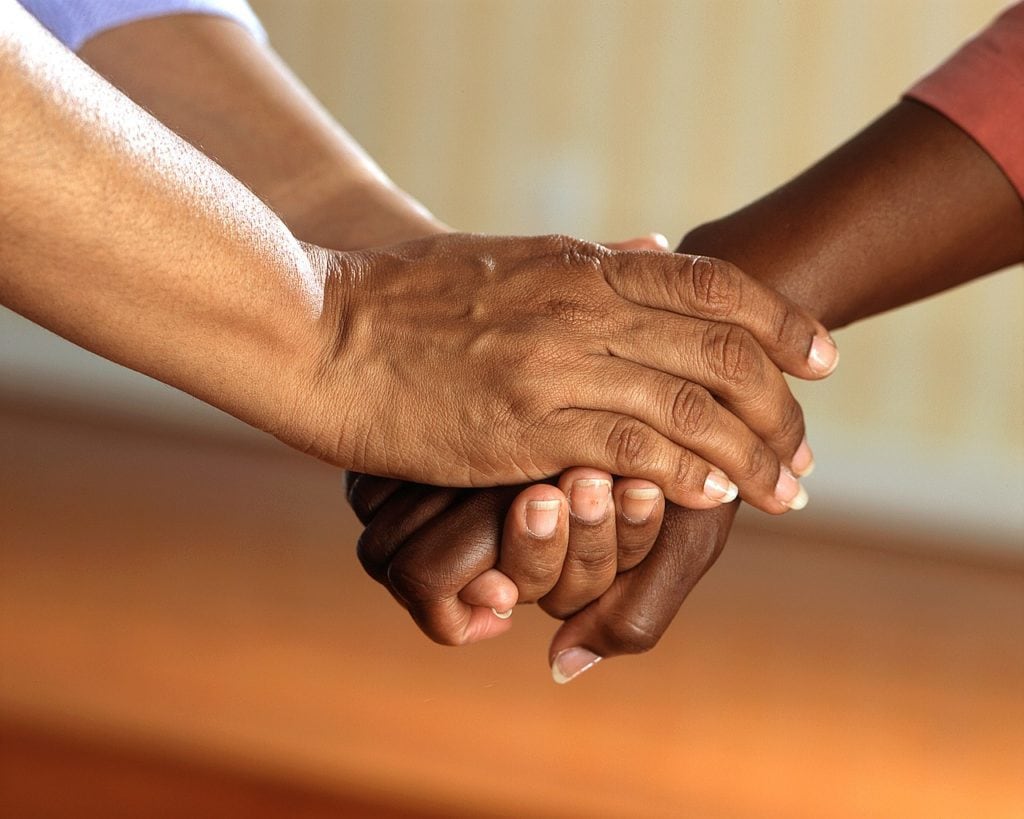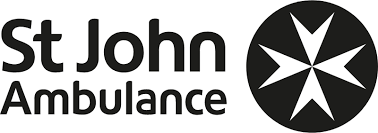|
| First aid is a skill that is necessary for every household, especially where there are vulnerable persons like children, the elderly, or someone who has a medical condition. Not only does first aid provide people with a basic skill on how to manage and treat minor wounds, stabilise an injured person until medical services arrive, but it helps people take control of a situation and it prepares them to handle an emergency more effectively. |
WHAT PARENTS SHOULD KNOW WHEN IT COMES TO APPLYING FIRST AID AT HOMESafety is a crucial issue in any home where there are vulnerable individuals such as children. All parents must know basic first aid to ensure that they can treat small wounds and injuries in addition to handling an emergency. Prevention is always better than cure and parents must take the necessary steps to ensure that they protect their family, much like any employer in professional workplaces must safeguard their employees. Various threats exist in the household and not all are obvious, especially poisoning, drowning, and choking. To prevent accidental poisoning, any substance or item that can be ingested accidentally must be stored and locked away. To prevent fires and burns, matches and lighters must be kept out of reach of children. Fire detection is altogether one of the best devices to ensure that early detection can prevent significant damage or loss. Parents must ensure that they have an emergency procedure at home and that children are familiarised and taught from a young age, preparing them for an array of emergencies. An emergency contact list must be kept in conspicuous places such as the fridge, in the hallway between bedrooms, and so on. Children must be taught how to call for help if there is an emergency. In addition, children should be taught their full names, the full names of their parents, their physical address, telephone number, and any medical conditions or allergies that they may have. Some common first aid practices that all parents must know includes:
|

First Aid Posters
Here you will be able to download various first aid posters which will give helpful descriptions and images to help educate about first aid courtesy of St John Ambulance.
CPR
| Baby | Children | Adults |
Defibrillator
A guide to understand where you can find a defibrillator, when you should use a defibrillator and who can use a defibrillator. Click here.
|
|
These first aid posters contain information and advice for providing first aid in four different scenarios to help children feel confident doing the right thing if they're ever in a situation where someone needs help. |
 |
My command is this: Love each other as I have loved you. Give to the one who asks you, and do not turn away from the one who wants to borrow from you. In the same way, let your light shine before others, that they may see your good deeds. (John 15:12) |

